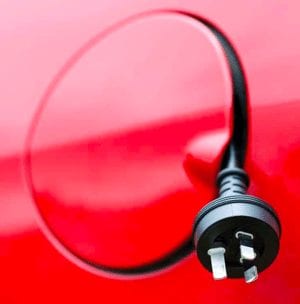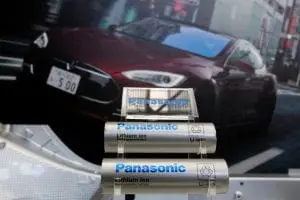Wow, it’s nearly a year and a half since I wrote the original ‘EV buyers guide’ article, and almost 12 months since its first update…
But here we are in a markedly changed electric vehicle world, even over that short period. So it’s time, again, to review the options and possibilities for joining the rEVolution!
(Note: technically, the term EV – short for Electric Vehicle, covers four types of EV – Battery Electric Vehicles – BEV; Plug-in Hybrid Electric Vehicles – PHEV; Hybrid Electric Vehicles – HEV; as well as Fuel Cell Electric Vehicles – FCEV.
For further detail on each type – see the FAQ here. In this article I only discuss the BEV, as these are the one that most people ask about/think of as Electric Vehicles.)
Around the world, ICE (internal combustion engine) vehicle sales have now consistently failed to exceed (or even return) to their 2017 peaks, while ever-growing queues of pre-orders and orders for full battery electric vehicles (BEVs) show the pent-up demand from the public for EVs.
And why not? EVs (in particular BEVs) are better to drive with their instantaneous take-off, smooth and silent travel, ease of ‘refuelling’ by plugging in at night and unplugging in the morning, plus BEVs generally offer higher levels of safety with their low centre-of-balance and absence of volatile fuel tanks.
On top of that, they are cleaner both locally (no tailpipe emissions) and globally (overall EV CO2-e emissions are almost always lower than their ICE brethren even if run exclusively on grid power).
Furthermore, with a BEV you are no longer tied to burning fossil fuel, plus your vehicle pollutes ever less as the world’s electricity grids continue their inexorable move to renewable sources.
Therefore the purpose of this article is to describe the abilities of current and (and soon to come) BEVs in Australia in order to:
a) help those who have the willingness (and the wherewithal) to make the transition now should something already meet their needs; and
b) for those whose transport needs aren’t yet met by a BEV, better define the likely time when they will be.
BEV update for mid-2019
Since my last BEV choice article, the following models have been added to the growing EV line-up in Australia:
- Hyundai Ioniq (as well as its PHEV and HEV siblings)
- Hyundai Kona electric
- Tesla Model 3 (well, orders anyway: the first will arrive in August)
- BMWi3 120Ah (with an increase from a 33kWh to 42kWh battery)
- 2018 Nissan Leaf 2.0 (like the Model 3: only order for now – the first are expected in August).
- Coming this year are also expected:
- Mercedes EQC
- Audi e-tron
- ACE Cargo light commercial van (in limited numbers)
- Plus (in early 2020) the Kia e-niro and maybe even their Soul EV too.
- It was hoped that this year’s crop of BEVs would start breaking the $50,000 on-the-road price point, but only a light ‘shattering’ has occurred.
Most prices for the ‘budget’ end of EVs announced have hovered around that point … ‘before on-road costs’ (ORC). Sadly, the dreaded ORCs have tended to multiply, ensuring all but the Ioniq resolutely refuse to go under $50k on the road.
However, if $50k is your limit: you can now buy the lower spec Ioniq BEV for around $48k on the road, and some haggling should get you a Renault Zoe or Kangoo ZE van under there too.
So let’s see, updating the New BEV Choice table from late 2018 now gives us 13 available now, and probably 16 by the end of the year. (Up from 8 in late 2018):
To read the full story on RenewEconomy’s electric vehicle dedicated site, The Driven, click here…










